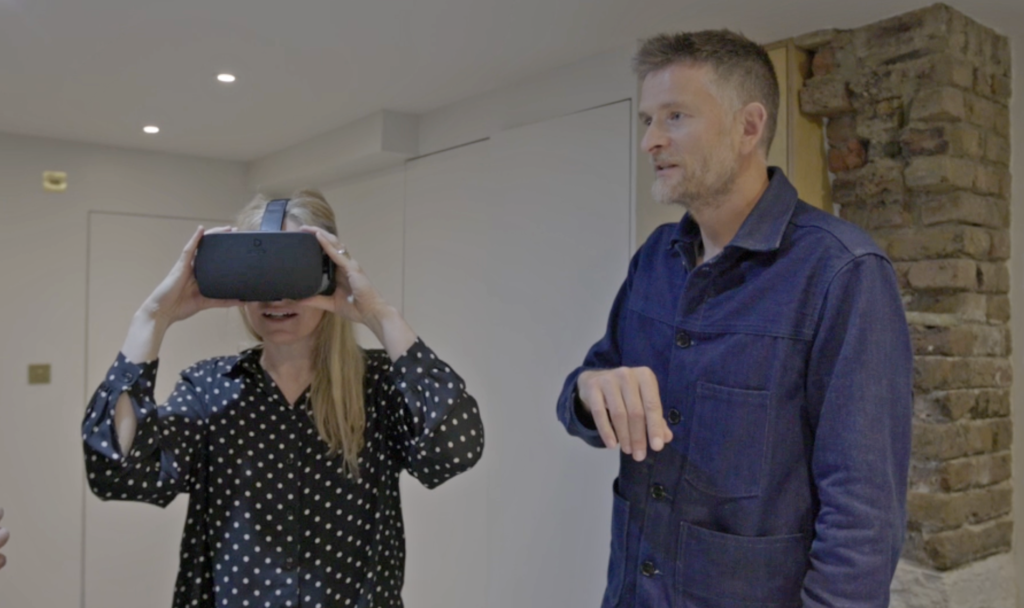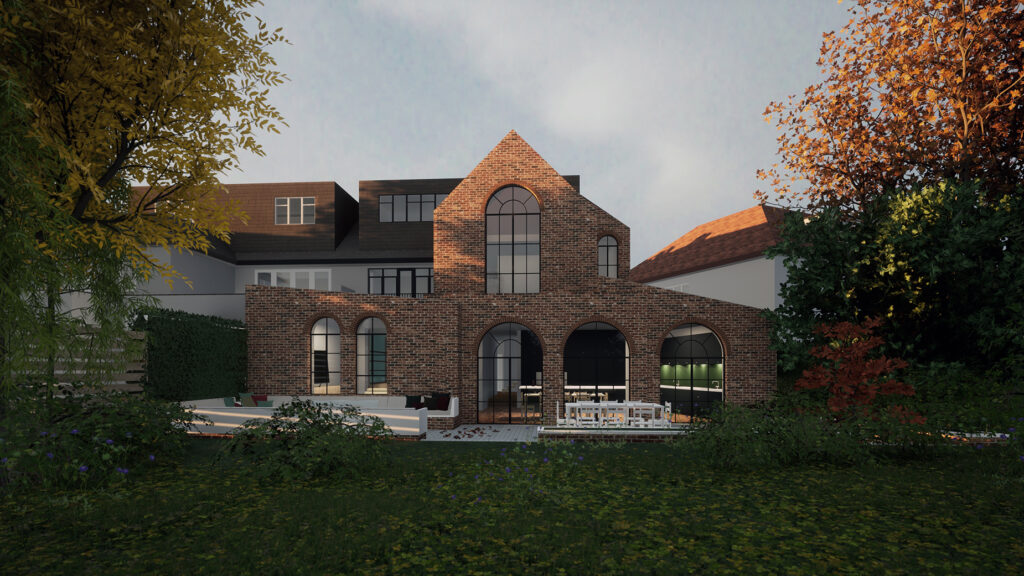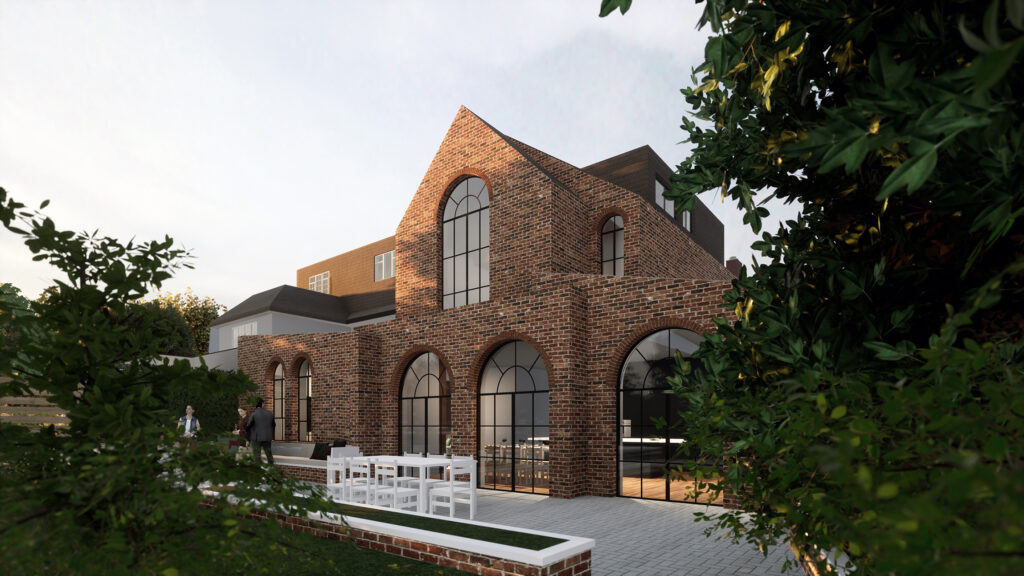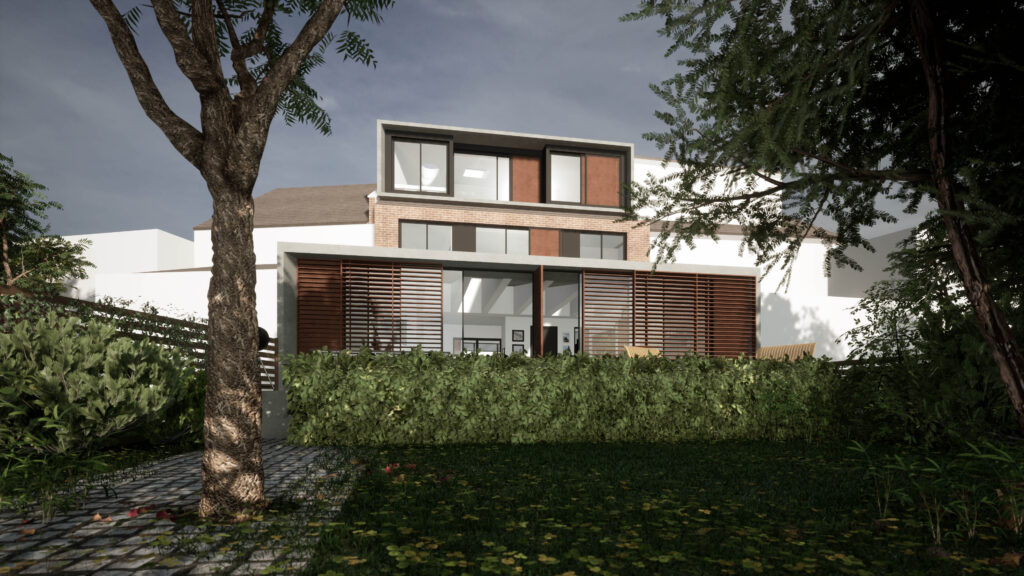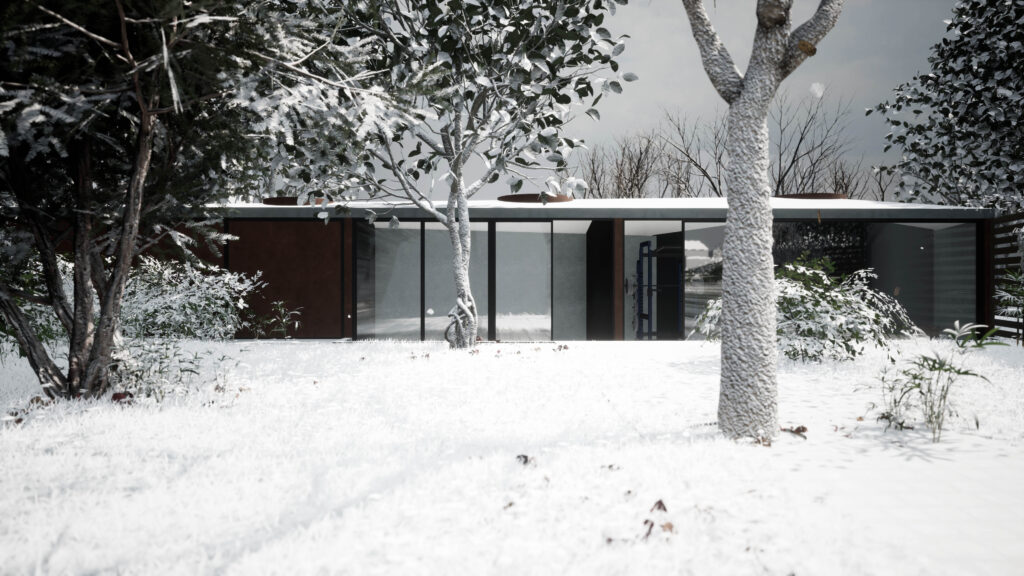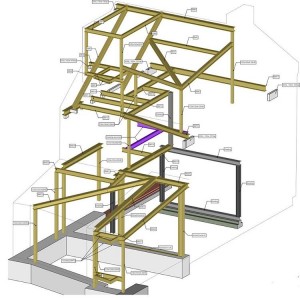Welcome to the future of architecture! At RISE Design Studio, a small contemporary design-led architecture firm focused on low energy and low embodied carbon designs, we have embraced the power of Building Information Modelling (BIM) in our practice. With over 20 years of experience, we have witnessed the transformative impact of BIM on the way buildings are designed, constructed, and managed. In this comprehensive guide, we will explore the world of BIM, its benefits, and practical applications for architects, developers, and homeowners.
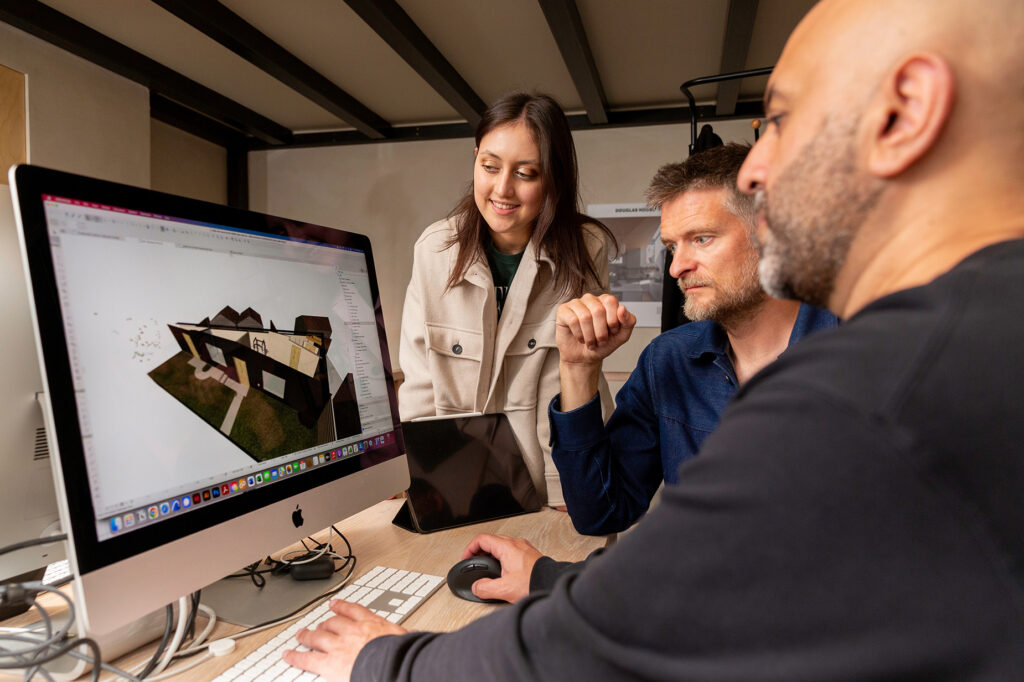
Section 1: Understanding BIM
1.1 What is BIM?
Building Information Modelling (BIM) can be defined as the “use of a shared digital representation of a built asset to facilitate design, construction, and operation processes to form a reliable basis for decisions” (BS EN ISO 19650). BIM utilises digital parametric modeling to create comprehensive architectural design models and construction workflows. It is the present and future of architecture, revolutionizing the industry.
1.2 The BIM Process in Architecture
The BIM process is all about creating a collaborative environment where all stakeholders can access and share a virtual model that contains detailed information about the building. Traditional methods involve numerous separate documents that are often lost or inaccessible. BIM eliminates these inefficiencies by providing a centralised digital model that ensures better visualisation, coordination, and development of designs. It streamlines communication and minimises errors, benefiting the entire project lifecycle.
Section 2: BIM in Architectural Practice
2.1 The Role of BIM in Architectural Services
As early adopters of BIM in the UK, we have experienced firsthand the advantages it offers in architectural services. Regardless of project scale, BIM’s 3D capabilities enable us to effectively communicate design concepts to clients and collaborators. We create digital representations of buildings that contain detailed information, from technical specifications to cost estimates, facilitating the development of construction projects. Our specialisation in using BIM for residential architecture allows us to collaborate with stakeholders, consultants, and authorities in a BIM environment.
2.2 Advantages of BIM for Developers
For property developers, BIM offers significant advantages beyond traditional architectural services. By demanding a higher level of information, developers gain better control over their projects. For example, by commissioning a point cloud laser scan survey, developers can obtain a detailed 3D digital model of the building. Through the BIM process, any changes made to the design are automatically reflected across all dimensions, ensuring consistency and reducing errors. BIM’s compatibility with the construction industry enables efficient coordination and seamless integration of project teams, resulting in cost and time savings.
2.3 Enhancing Design Communication for Homeowners
Homeowners can also benefit greatly from the implementation of BIM. Traditional floor plans and elevations often fail to convey the spatial experience of a design. However, by utilising BIM’s 3D modelling capabilities, architects can provide homeowners with a more immersive understanding of their projects. Tools like BIMx allow homeowners to explore 3D models on their phones or tablets, providing a sense of the space, flow, and atmosphere of their future homes. For those seeking an even more immersive experience, virtual reality models offer the sensation of walking through the building.
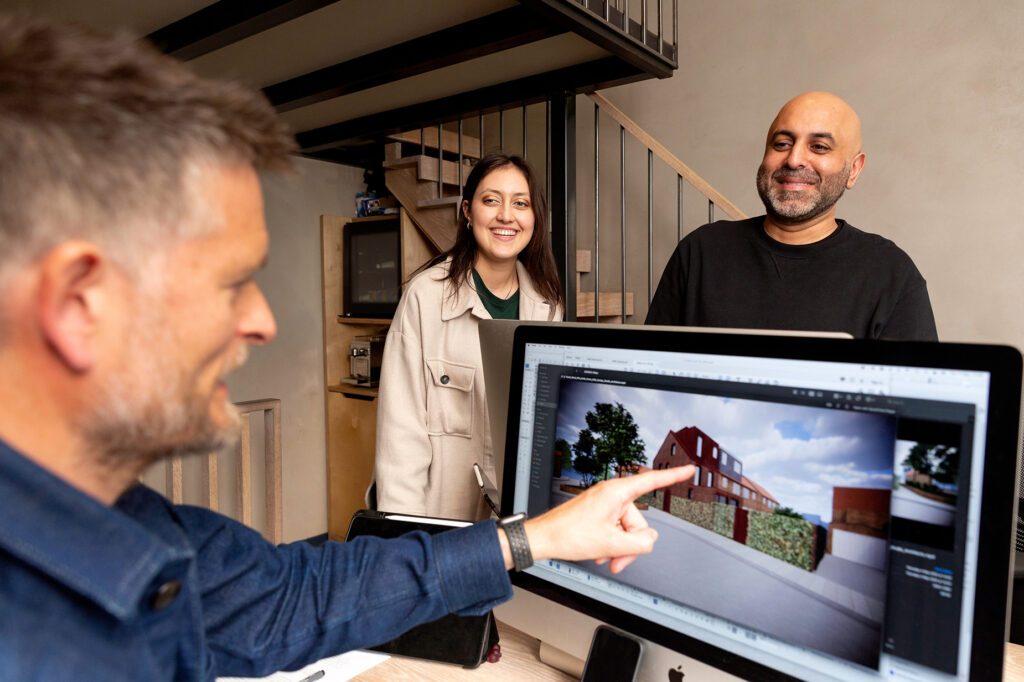
Section 3: BIM and the Building Lifecycle
3.1 Streamlining Construction and Building Control
The benefits of BIM extend beyond the planning phase, proving invaluable during construction and building control. By ensuring that all stakeholders use the same core information, BIM eliminates inconsistencies and reduces the risk of errors. The coordinated approach ensures that custom-manufactured elements, such as windows or kitchens, fit perfectly into the design, mitigating delays and additional costs. Furthermore, BIM proves indispensable for the post-construction phase, facilitating repairs, alterations, and maintenance by consolidating all relevant information in a single computer file.
3.2 BIM’s Role in Sustainable Design and Performance Monitoring
Sustainability is a key concern in modern architecture, and BIM can play a vital role in achieving environmentally conscious design and monitoring building performance. By integrating BIM with sustainable design strategies, architects can optimise energy efficiency, reduce waste, and minimise embodied carbon. Additionally, BIM enables the accumulation and sharing of data on building performance, allowing owners, architects, and local councils to make informed decisions for ongoing sustainability improvements.
Section 4: The Future of BIM
4.1 The Need for BIM in Planning Applications and Building Control
While BIM has become integral to the design and construction phases, its adoption in planning applications and building control processes is still limited. However, there is a growing consensus among architects and industry experts that BIM should be an essential component of these procedures. Integrating BIM visualisations and assessments into online planning platforms would improve coordination, reduce costs, enhance community involvement, and expedite decision-making. By incorporating building regulations into BIM effectively, architects and engineers can easily ensure compliance, resulting in faster and more efficient processes.
4.2 Overcoming Challenges and Embracing a Digital Future
Despite the potential benefits of integrating BIM into planning and building control, significant hurdles remain. These challenges encompass not only technological considerations but also the need for a cultural shift within planning departments and increased engagement with building performance. While the path towards a fully digitised planning system may be long, architects can lead the way by embracing BIM and leveraging its capabilities to design and construct buildings efficiently and sustainably.
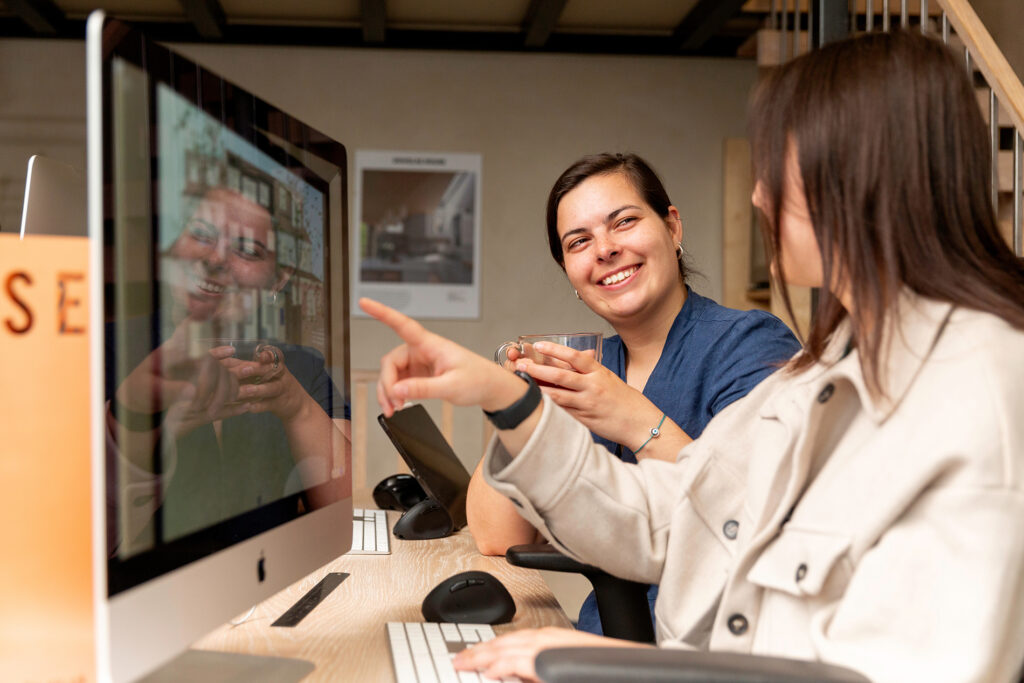
Conclusion
In conclusion, BIM has emerged as a transformative force in the field of architecture, offering architects, developers, and homeowners an array of advantages. By leveraging BIM’s comprehensive digital models, architects can effectively communicate design concepts and collaborate with clients. Developers benefit from improved coordination and reduced errors throughout the construction process. Homeowners gain a deeper understanding of their projects, making them active participants in the design process. Furthermore, BIM’s integration into planning applications and building control holds the promise of increased efficiency, sustainability, and transparency in the built environment. As architects with a strong commitment to low energy and low embodied carbon designs, we are proud to be at the forefront of the BIM revolution, utilising its power to create innovative, sustainable, and visually stunning buildings.
Frequently Asked Questions (FAQs):
Q1: What is the BIM process in architecture?
A1: The BIM process in architecture involves creating and coordinating information in a structured way using digital modelling. It allows for the sharing of a virtual model containing detailed information about a building among all project stakeholders, facilitating better visualisation, coordination, and development of the design.
With our expertise as BIM architects, we have a proven record of delivering projects using BIM. We can offer you the opportunity to explore a 3D model of your building on your phone or tablet through BIMx. This interactive model allows you to navigate and visualise the spaces from different angles. Additionally, if you desire a truly immersive experience of walking through your building, we can provide you with a virtual reality model. We strongly believe that the more you comprehend the design, the better equipped you’ll be to articulate your preferences, enabling us to fulfil your aspirations more efficiently.
Q2: What are the advantages of using BIM for developers?
A2: BIM offers several advantages for developers, including better control over projects, improved coordination among project teams, reduced errors, and time and cost savings. Through the BIM process, developers can ensure consistency across all dimensions of the design, resulting in efficient construction and streamlined project management.
Q3: How does BIM benefit homeowners?
A3: Homeowners can benefit from BIM by gaining a better understanding of their projects through immersive 3D visualisations. BIM allows homeowners to explore their designs in three dimensions, providing a realistic sense of space, flow, and atmosphere. This enhanced communication between homeowners and architects leads to a more collaborative design process and better outcomes.
Q4: Can BIM be used for sustainable design?
A4: Yes, BIM can play a significant role in sustainable design. By integrating BIM with sustainable design strategies, architects can optimise energy efficiency, reduce waste, and minimise embodied carbon. BIM also enables the collection and sharing of building performance data, allowing for ongoing monitoring and improvement of sustainability goals.
Q5: What is the future of BIM in planning applications and building control?
A5: The future of BIM in planning applications and building control holds great potential for improved efficiency, coordination, and transparency. Although challenges exist, such as technological integration and cultural shifts within planning departments, the benefits of incorporating BIM into these processes are undeniable. As the industry evolves, BIM is expected to become an integral part of the planning and building control systems, revolutionising the way buildings are designed, constructed, and managed.
If you would like to talk through your project with the team, please do get in touch at mail@risedesignstudio.co.uk or give us a call on 020 3290 1003
RISE Design Studio Architects company reg no: 08129708 VAT no: GB158316403 © RISE Design Studio. Trading since 2011.

